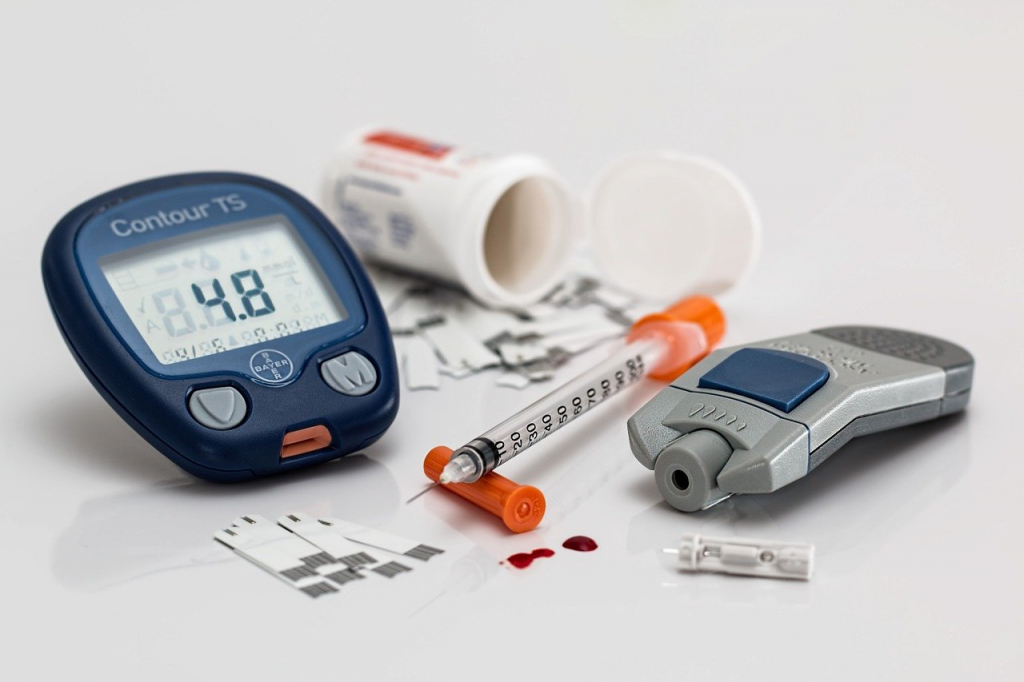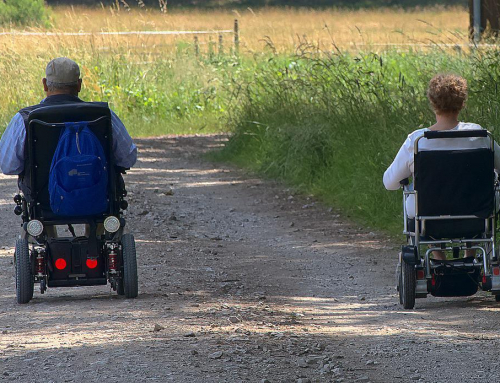You may have heard people casually comment that they have a “touch of diabetes” or that their sugar is a little high. Such comments suggest diabetes is not a serious disease. This is far from the truth.
People with diabetes need to be aware of their condition by making healthy food choices, exercising regularly, taking their medication, and staying at a healthy weight. The good news is that, despite being a lifelong condition, diabetes is very manageable.
Types of Diabetes
There are three types of diabetes:
- Type 1 diabetes – is when the body does not produce the insulin needed to convert the glucose (sugar) from food into energy. Around 5-10% of people with diabetes have type 1. Type 1 diabetes symptoms develop quickly, and type 1 diabetes is usually diagnosed in children and adolescents.
- Type 2 diabetes – is when the body does not react well to insulin and cannot maintain blood sugar at normal levels. About 90-95% of people with diabetes have type 2, and it is usually diagnosed in adulthood.
- Gestational diabetes – develops in pregnant women. Most of the time, this goes away after the woman gives birth, but the baby could be at a higher risk of health problems. Even if this goes away, these women and children are both at risk of developing type 2 diabetes later in life.
Reasons to take care of your diabetes
Taking care of yourself by managing your diabetes is essential to feel good today and in the future. This is because diabetes affects all parts of your body and can lead to many comorbidities later down the line.
Managing your blood glucose helps you:
- Have more energy
- Be less tired and thirsty
- Need to pass urine less often
- Heal better
- Have fewer skin or bladder infections
You will also have less chance of having health problems caused by diabetes such as:
- Heart attack or stroke
- Eye problems that can lead to trouble seeing or going blind
- Pain, tingling, or numbness in your hands and feet, also called nerve damage
- Kidney disease
- Teeth and gum disease
How to live with diabetes
Step 1: Cope with your diabetes

- Stress actually increases blood sugar levels. Therefore, learning stress coping mechanisms such as breathing exercises, stretching, walking, working on your hobby and meditation help you with your condition.
- Therefore, mental health check-ins with a therapist, support group, friend or family member not only keep your mental well-being in check, but also your diabetes.
Step 2: Eat well

- Make a diabetes nutrition plan with the help of your health care team.
- Choose foods that are low in calories, trans and saturated fats, sugar and salt.
- Instead, opt for foods with more fibre and include plenty of fruits, veggies, whole grains and cereals.
- Drink water instead of juice and soda.
- When eating a meal, make sure you fill half your plate with fruits and vegetables, one quarter with lean protein, such as chicken or beans, and one quarter with whole grains, such as whole wheat pasta and brown rice.
Step 3: Be active

- Set fitness goals so that you’re physically active most days of the week. Start slowly by taking regular 10-minute walks.
- Progress to working out twice a week to increase your muscle strength. In general, it is best to try a mixture of activities. This is because different types of activities have different benefits, since they use different parts of the body.
- Stay at or get to a healthy weight by using your meal plan and moving more.
- If you are a smoker, your medical team will definitely suggest you stop smoking, as smoking and diabetes increase the risk of heart disease. When combined, they escalate the risk of heart attacks and strokes. In addition, smoking directly reduces circulation and leads to damaged blood vessels.
Step 4: Know what to do every day

- Keep track of your diabetes management routine, so you and your health team can see what works and what doesn’t. Fortunately, there are hundreds of apps that facilitate the whole process and allow you to track your diet, exercise routines, medication timings and blood sugar levels.
- Take your medicines for diabetes and any other health problems even when you feel good.
- Check your feet every day for swelling, red spots and blisters.
- Stop smoking.
- Keep your mouth healthy by brushing your teeth and gums and flossing daily.
- Check your blood pressure and keep a record of it.
- Last but not least, track your blood sugar by checking it a few times a day.






